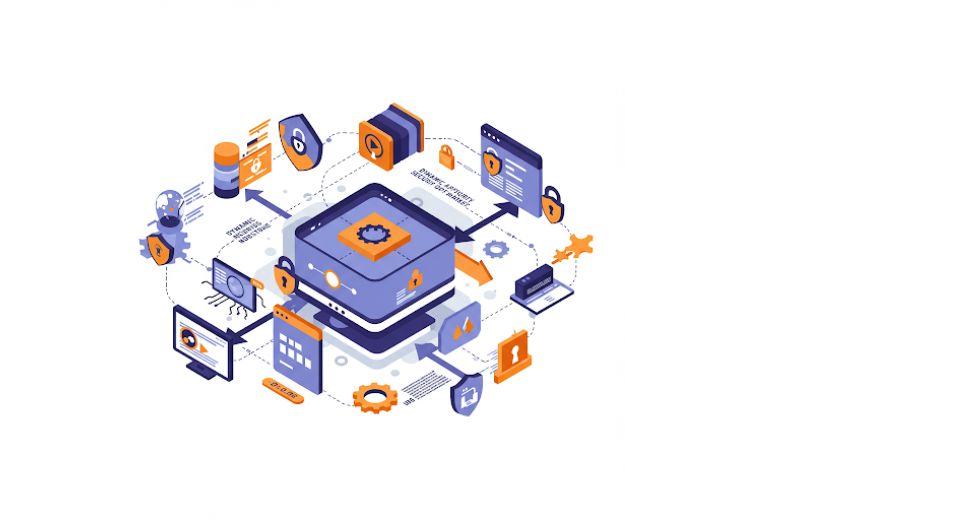
Apr 03, 2025

Software protection processes became ever so meaningful with industries digitizing their operations. The research undertaken by Metastat Insight provides a good insight into the Global Dynamic Application Security Testing Software market, distinguishing the latest trends that shape it. As organizations constantly digitize their processes more and more, the demand for solutions that detect vulnerabilities before they morph into threats has grown. Conscious now towards real-time security measures to protect sensitive data from unauthorized access, the industry's advancement has been realized in fostering protection against new threats that would be debilitating on functionality and user trust.
Global Dynamic Application Security Testing Software market is estimated to reach $3,643.02 million in 2025 with a CAGR of 18.7% from 2025 to 2032.
Businesses in all spheres have recognized the need to incorporate security into the software development lifecycle. Traditionally, testing was only performed to identify security weaknesses post-deployment. Modern security solutions, on the contrary, are run dynamically in real-time on the application being tested. This trend is altering the enterprise approach to software protection and is driving investment into more proactive solutions to ameliorate any exploit risks. In addition to these static evaluations, organizations are looking for tools that can track application vulnerabilities in a more holistic manner. The transformation exhibits an increased understanding of the restraint of the traditional approach, along with a readiness to embrace a more sophisticated one.
As threats become increasingly impossible to predict, developers and security teams counteract this trend by using tools that not only find potential risks but also encourage on-how-to-get-rid-of-them. One of the most important benefits of dynamically assessing applications running in production mode is that security personnel can discover vulnerabilities that would otherwise go unnoticed in a controlled setting. This rather circumvents the interference of the organization's workflow efficiency and makes it into a strong method of working.
The use of automated technologies is an industry growth driver. Security-conscious organizations in the software development lifecycle attach great value to tools that provide continuous monitoring with instant feedback. Such tools allow better early-stage detection of security flaws within the development activities, lowering the risk of very expensive breaches. The technologies have an engaging proactive nature that identifies risks before they can. The growing emphasis on automation itself encourages organizations to initiate security controls at various stages of the lifecycle, making protection a continuous process.
As regulatory requirements keep intensifying with increased need for stringent security systems, corporations are now driven to remain compliant with industrial standards in putting in place certain solutions. Nonconformance or noncompliance failures to contend with these expectations can entail reputational losses, financial losses, and legal liabilities. The quest to comply with security regulations has pushed the adoption of solutions that provide very extensive evaluations and results for companies trying to fulfill compliance requirements. These measures are meant to protect sensitive data and encourage the end user to gain confidence in conducting business through the digital platforms.
The increased spread of cloud-based technology has placed another pressure on requiring cutting-edge security solutions. Enterprises have found that with the existence of cloud environments, protecting them from unauthorized access and data breaches was to no longer be secondary. A constant security assessment of distributed systems allows organizations to secure their digital infrastructures with minimal trade-offs in terms of scalability and performance: hence reinforcing the flexible security requirements for modern digital threats to allow business growth.
AI and machine learning capabilities drove the efficiency into this layer, allowing security solutions to keep pace with new threats. The combination of these intelligent algorithms for pattern analysis and future risk prediction and timely triggering of corrective measures against the said vulnerability enables precise security assessments through minimizing the risk of human error and fast-tracking detection of threats. This leads to a more sophisticated approach to security being embraced by every business in a fast-paced digital environment.
According to Metastat Insight research, the industry continues to undergo rapid change, powered by technological advancement in application security strategies. The Global Dynamic Application Security Testing Software market remains at the forefront of modern cybersecurity efforts, extending its adaptability to the intricacies of digital interactions and growing dependence on an application framework that wears a secure coat. Organizations investing in these solutions equip themselves with the apparatus to effectively mitigate risks against the security breaches of the applications in question.
Drop us an email at:
Call us on:
+1 214 613 5758
+91 73850 57479